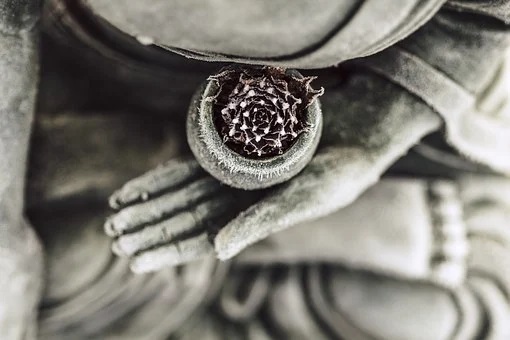We have all seen the weapon-like objects such as a sword held by Manjusri and many other bodhisattvas. These weapons are not meant for subduing any beings but destroying desire, anger and delusion. The purpose for learning and practicing Buddhadharma is to enable us to face, control and eliminate all defilement, which are also the mission and the goal of Buddhists. The criterion for measuring the quality of any practice is not the amount of mantra recited, the extent of merit accumulated, or how one fares in money terms, job, health, etc., but whether negative emotions have been reduced. For example, we can check if we feel as angry as before when others insult or bully us now. If anger remains the same, our endeavor to learn the Dharma basically loses its real purpose. Naturally, it is impossible to completely eliminate negative emotions before realization of emptiness is attained. We can only somewhat keep them under proper control.
~Depicted from THE HANDBOOK FOR LIFE'S JOURNEY - On The Three Poisons-How to Confront Anger











